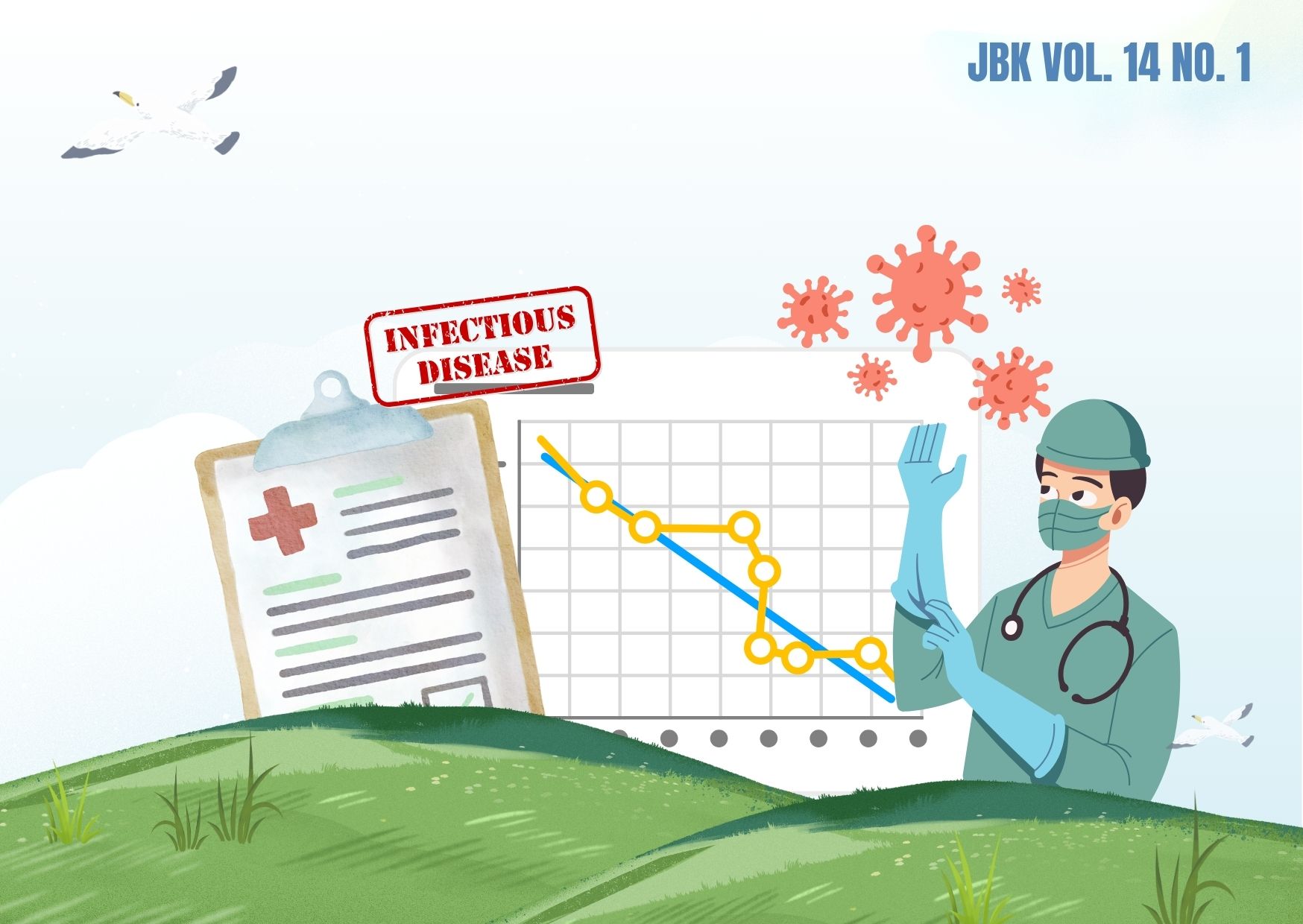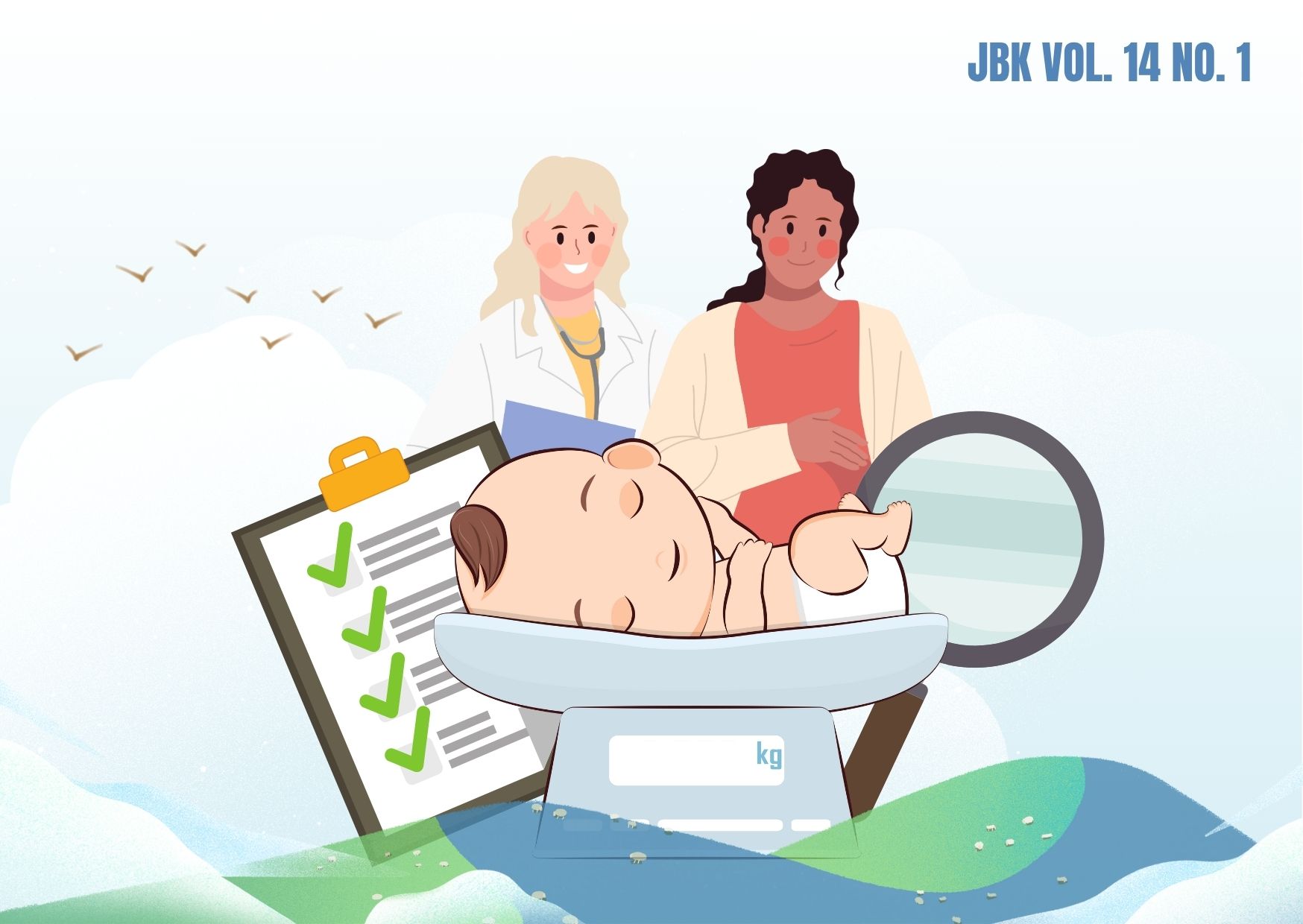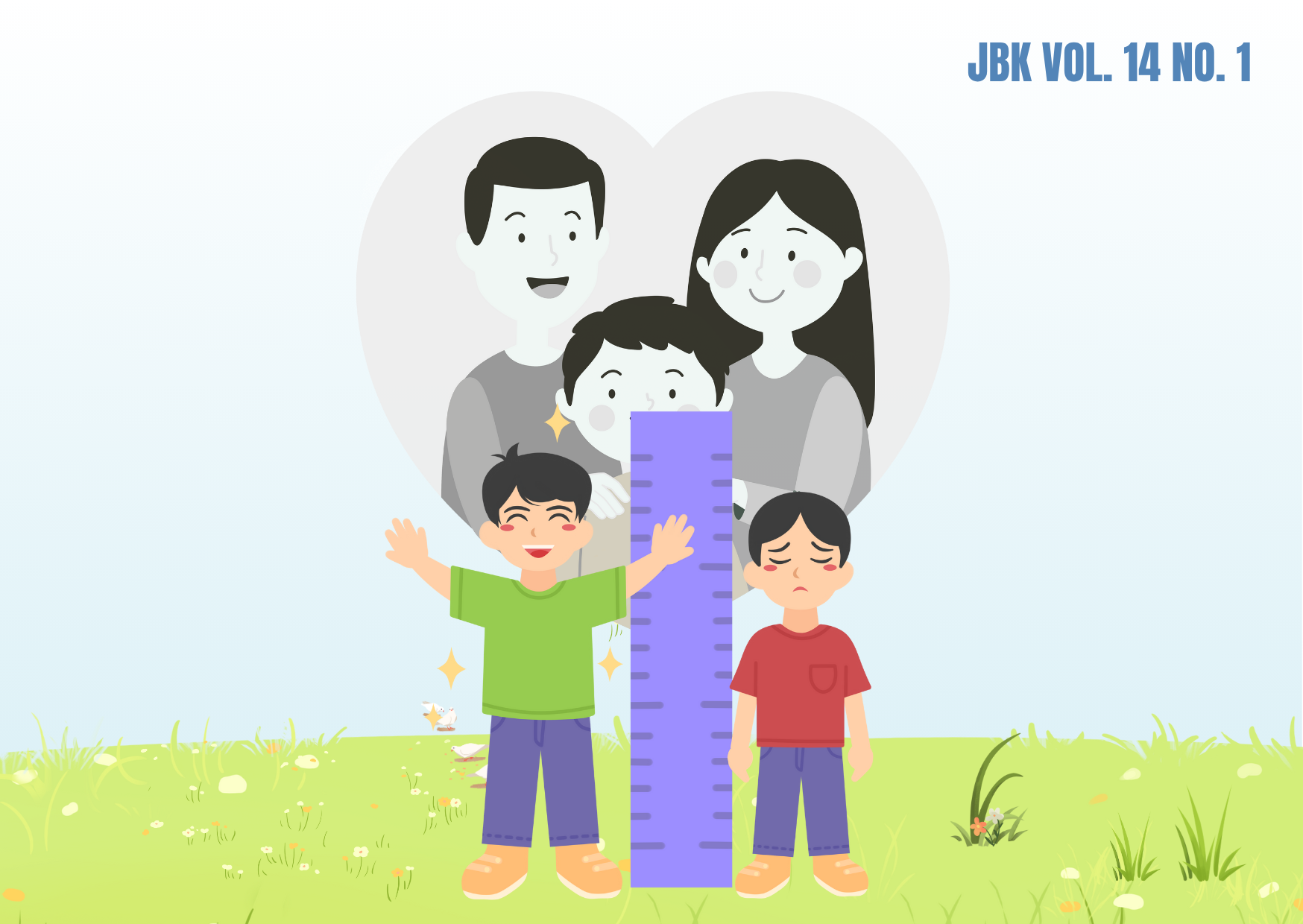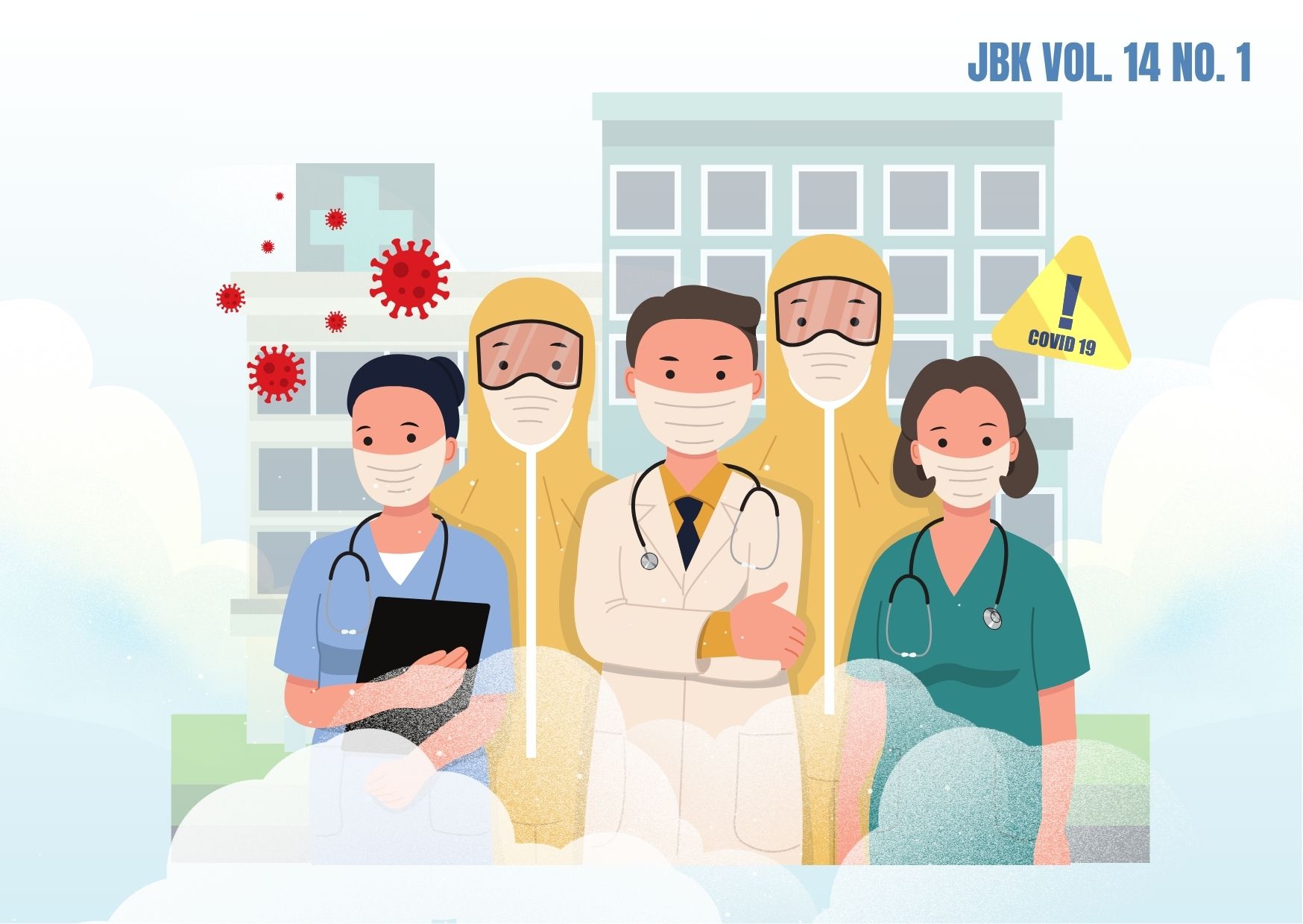SPATIAL AUTOCORRELATION ANALYSIS ON CORONAVIRUS TRANSMISSION AND POPULATION DENSITY IN EAST JAVA PROVINCE 2020
Coronavirus (COVID-19) is a type of disease that has wildly spread during 2020. The transmission of this disease is connected by human activity and hygiene which also means that this disease might related with population density. The goal of this study is to discover the correlation between COVID-19 transmission with population density. The research areas used in this study is East Java Province during 2020. The data used for this study are COVID-19 confirmed cases and population density in 2020 East Java Province from Central Bureau of Statistics. Spatial Autocorrelation and Moran'I Methods used in this study discovered that there are some weak correlations (I=0,247) between COVID-19 cases and population density in East Java Province 2020. There are 9 areas with p value ≤0.05. These areas are Trenggalek Regency, Ngawi Regency, Madiun City with p=0.05 significant. Ponorogo Regency, Madiun Regency, Magetan Regency, Gresik Regency, Sidoarjo Regency and Surabaya City with p=0,001 significant. This discovery has some similarities with other studies.
Levani Y, Prastya AD, Mawaddatunnadila S. Coronavirus Disease 2019 (COVID-19): Patogenesis, Manifestasi Klinis dan Pilihan Terapi. JKK J Kedokt dan Kesehat [Internet]. 2021;17(1):44–57. Available from: https://doi.org/10.24853/jkk.17.1.44-57
Singhal T. A Review of Coronavirus Disease-2019 (COVID-19). Indian J Pediatr [Internet]. 2020;87(4):281–286. Available from: https://doi.org/10.1007%2Fs12098-020-03263-6
Widiawaty MA, Lam KC, Dede M, Asnawi NH. Spatial Differentiation and Determinants of COVID-19 in Indonesia. BMC Public Health [Internet]. 2022 Dec;22(1):1–16. Available from: https://doi.org/10.1186/s12889-022-13316-4
Maryani H, Kristiana L, Izza N, Guminta DG. Pemodelan Spasial Kasus Kematian Akibat COVID-19 di Provinsi Jawa Timur Tahun 2020. JI-KES (Jurnal Ilmu Kesehatan) [Internet]. 2022;6(1):65–75. Available from: https://doi.org/10.33006/ji-kes.v6i1.412
Aminy A, Fithriasari K. Analisis Dampak COVID-19 Bagi UMKM DI Jawa Timur. Semin Nas Off Stat [Internet]. 2021 Jan;2020(1):15–22. Available from: https://doi.org/10.34123/semnasoffstat.v2020i1.646
Setiadi W, Rozi IE, Safari D, Daningrat WOD, Johar E, Yohan B, et al. Prevalence and Epidemiological Characteristics of COVID-19 after One Year of Pandemic in Jakarta and Neighbouring Areas, Indonesia: A Single Center Study. PLoS One [Internet]. 2022;17(5):1–9. Available from: https://doi.org/10.1371/journal.pone.0268241
Hutabarat AN. Spasial Autocorrelation Analysis on Coronavirus Transmission in East Java 2020. J Sos dan Sains [Internet]. 2022;2(1):69–76. Available from: https://doi.org/10.59188/jurnalsosains.v2i1.313
Lotfi M, Hamblin MR, Rezaei N. COVID-19: Transmission, Prevention, and Potential Therapeutic Opportunities. Clin Chim Acta [Internet]. 2020;508:254–266. Available from: https://doi.org/10.1016/j.cca.2020.05.044
Wirawan GBS, Januraga PP. Correlation of Demographics, Healthcare Availability, and COVID-19 Outcome: Indonesian Ecological Study. Front Public Heal [Internet]. 2021 Feb;9:1–8. Available from: https://doi.org/10.3389/fpubh.2021.605290
Louis-Jean J, Aime M. On the Novel Coronavirus (COVID-19): A Global Pandemic. J Teknol Lab [Internet]. 2020;9(1):103–114. Available from: https://doi.org/10.29238/teknolabjournal.v9i1.230
McMahon T, Chan A, Havlin S, Gallos LK. Spatial Correlations in Geographical Spreading of COVID-19 in the United States. Sci Rep [Internet]. 2022 Dec;12(1):1–10. Available from: https://doi.org/10.1038/s41598-021-04653-2
Verianto MI, Faiq MN, Tarassyta A. The Influence of the COVID-19 Pandemic on Economic Growth Convergence at the District/City Level in East Java: What Is the Right Public Policy? J Ilmu Ekon Terap [Internet]. 2022;7(1):75–84. Available from: https://doi.org/10.20473/jiet.v7i1.32648
Ishrath A, Ahmed MM, Pal N, Muppidi S. COVID-19 (Pandemic): A Review Article. J Res Med Dent Sci [Internet]. 2021;9(10):281–288. Available from: https://www.jrmds.in/articles/covid19-pandemic-a-review-article-85130.html
El Deeb O. Spatial Autocorrelation and the Dynamics of the Mean Center of COVID-19 Infections in Lebanon. Front Appl Math Stat [Internet]. 2021 Jan;6:1–10. Available from: https://doi.org/10.3389/fams.2020.620064
Iderus NHM, Singh SSL, Ghazali, Sumarni Mohd Ling CY, Vei TC, Zamri ASSM, Jaafar NA, et al. Correlation between Population Density and COVID-19 Cases during the Third Wave in Malaysia: Effect of the Delta Variant. Int J Environ Res Public Health [Internet]. 2022 Jun;19(12):1–17. Available from: https://doi.org/10.3390/ijerph19127439
Monica Monica, Mishra R. An Epidemiological Study of Cervical and Breast Screening in India: District-Level Analysis. BMC Womens Health [Internet]. 2020;20(1):1–15. Available from: https://doi.org/10.1186/s12905-020-01083-6
Dutta I, Basu T, Das A. Spatial Analysis of COVID-19 Incidence and Its Determinants Using Spatial Modeling: A study on India. Environ Challenges [Internet]. 2021 Aug;4:1–10. Available from: https://doi.org/10.1016/j.envc.2021.100096
Bhadra A, Mukherjee A, Sarkar K. Impact of Population Density on COVID-19 Infected and Mortality Rate in India. Model Earth Syst Environ [Internet]. 2021 Mar;7(1):623–629. Available from: https://doi.org/10.1007/s40808-020-00984-7
Copyright (c) 2023 Jurnal Biometrika dan Kependudukan (Journal of Biometrics and Population)

This work is licensed under a Creative Commons Attribution-NonCommercial-ShareAlike 4.0 International License.
Copyright©2022 Jurnal Biometrika dan Kependudukan (Journal of Biometrics and Population)
This work is licensed under a Creative Commons Attribution-NonCommercial-ShareAlike 4.0 International License.
1. Copyright of all journal manuscripts is held by the Jurnal Biometrika dan Kependudukan.
2. Formal legal provisions to access digital articles of the electronic journals are subject to the provision of the Creative Commons Attribution-ShareAlike license (CC BY-NC-SA), which means that Jurnal Kesehatan Biometrika dan Kependudukan to keep, transfer media/format, manage in the form of databases, maintain, and publish articles.
3. Published manuscripts both printed and electronic are open access for educational, research, and library purposes. Additionally, the editorial board is not responsible for any violations of copyright law.



































